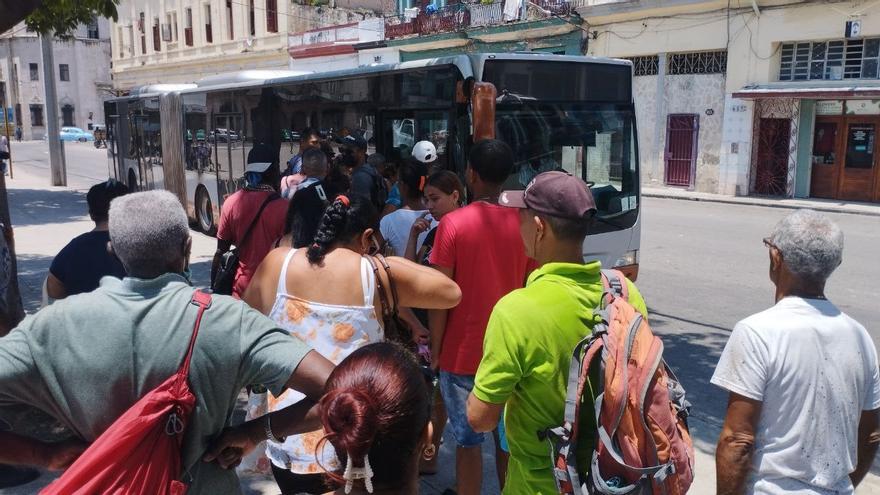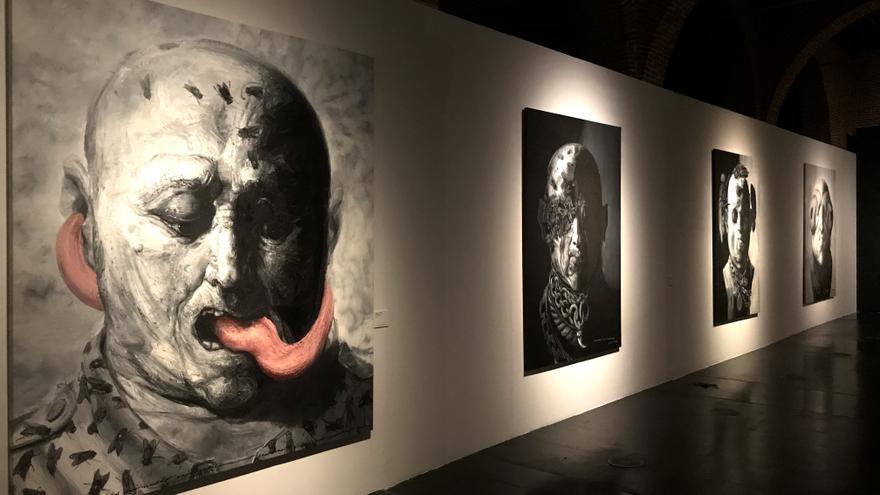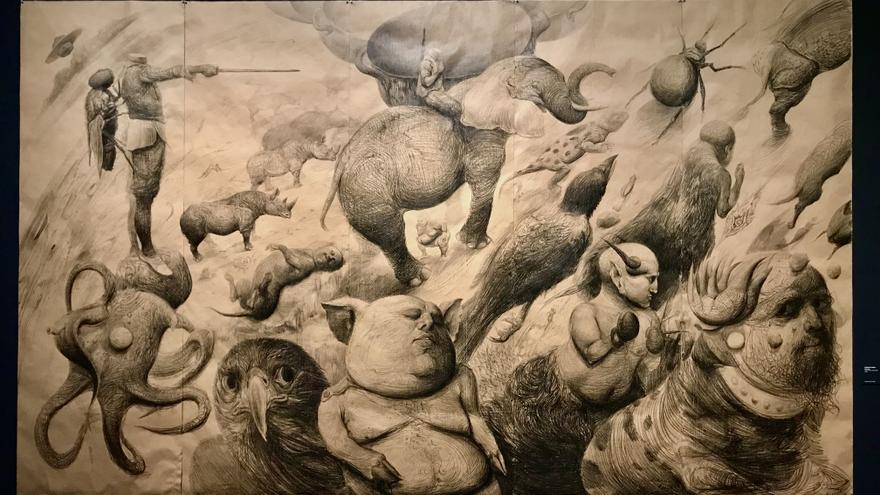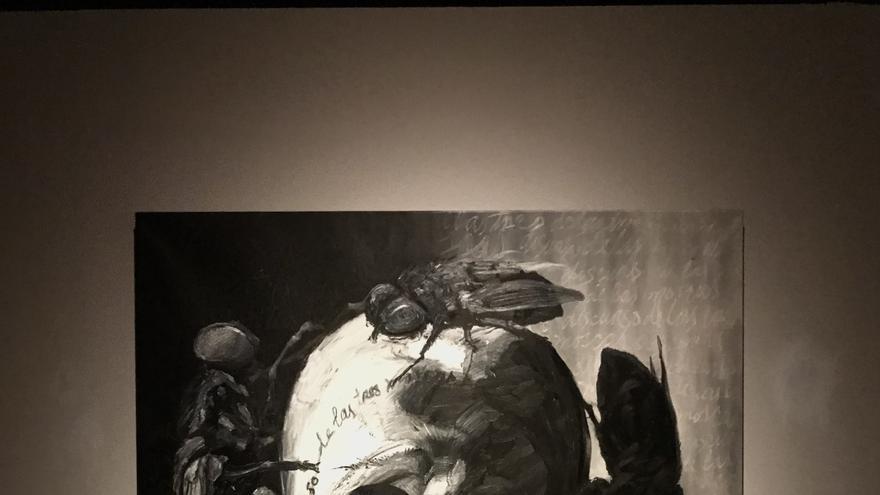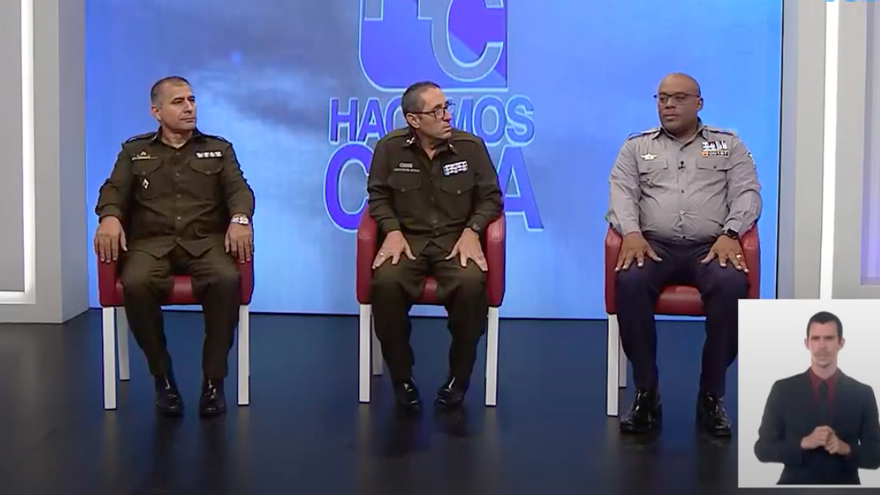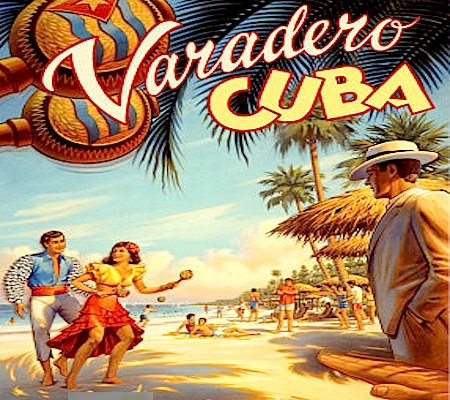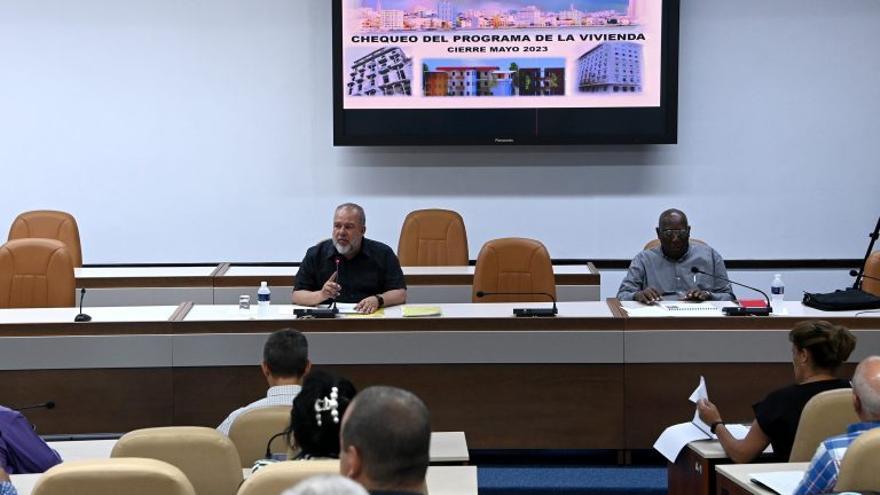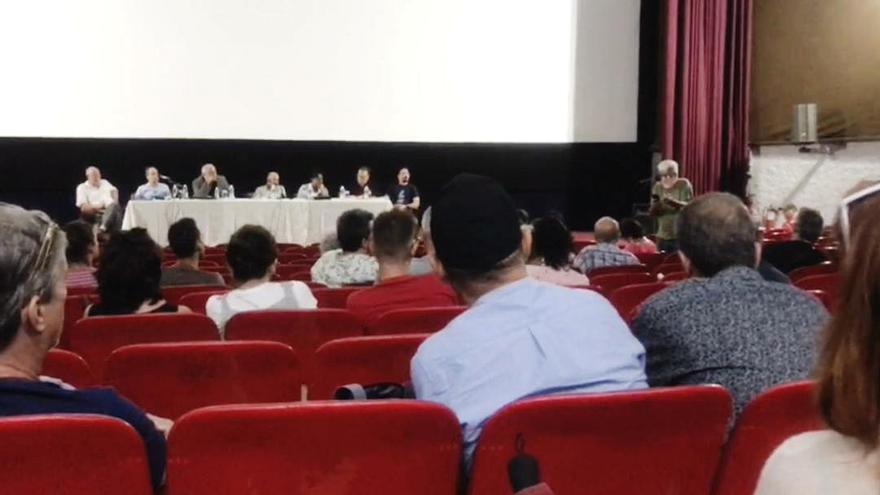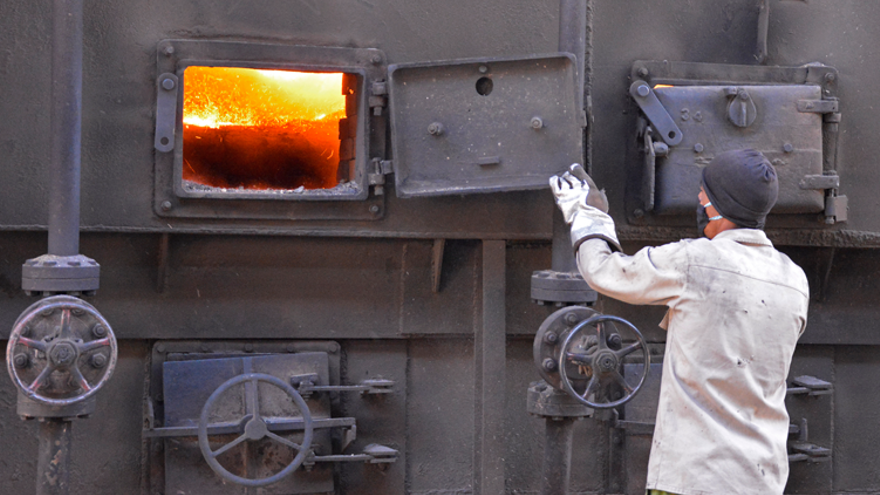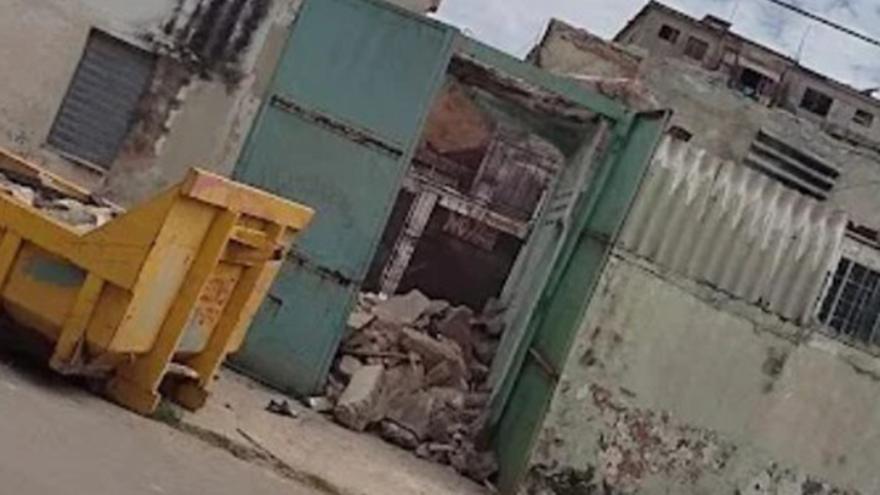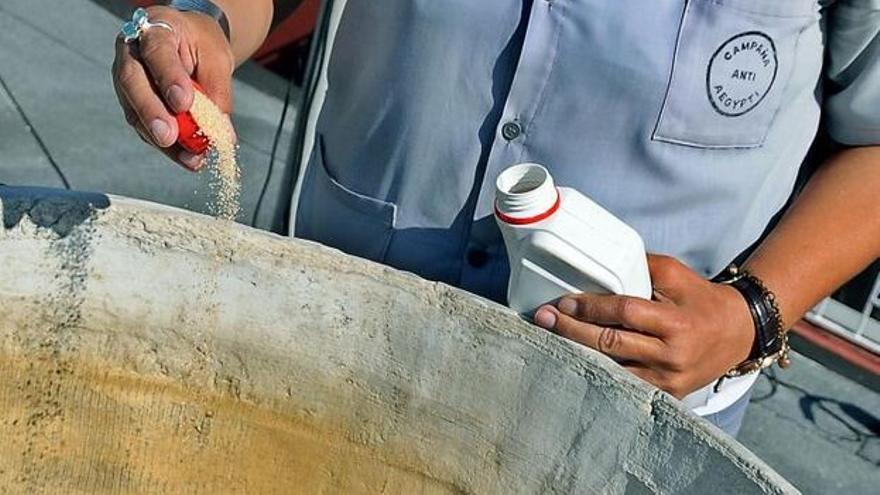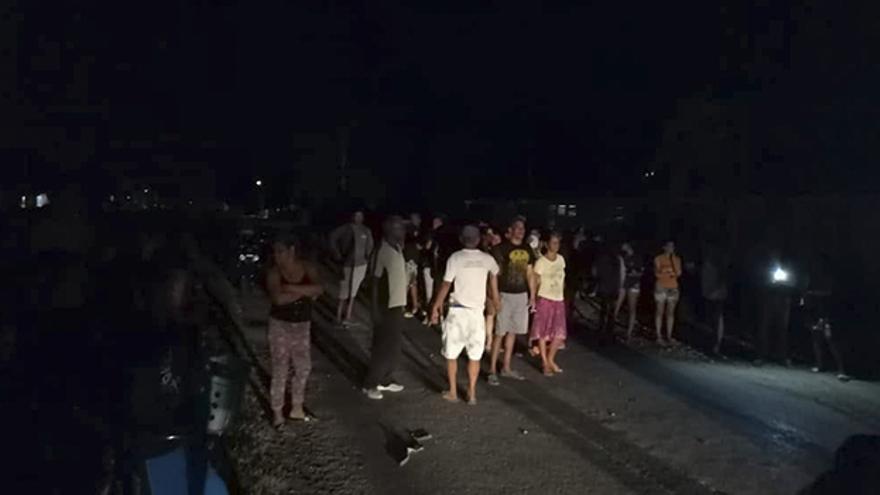
![]() 14ymedio, Havana, 27 June 2023 — The lack of water drives Cubans mad, from one side of the Island to the other. In the Guatemala neighborhood, in Mayarí, Holguín, dozens of residents took to the streets early morning on Tuesday after being without service for three months, and in Havana, even diplomats and foreigners residing in the exclusive neighborhood of Miramar suffer from the problem.
14ymedio, Havana, 27 June 2023 — The lack of water drives Cubans mad, from one side of the Island to the other. In the Guatemala neighborhood, in Mayarí, Holguín, dozens of residents took to the streets early morning on Tuesday after being without service for three months, and in Havana, even diplomats and foreigners residing in the exclusive neighborhood of Miramar suffer from the problem.
Illuminated only by the light of their cell phones, the Mayarí protesters repeated a single cry: “Water!” and demanded the attention of the authorities. Shortly after the rally began, some provincial leaders arrived to “converse,” and they promised solutions for the same week.
In the videos published on Facebook, Geovanis Martín Gutiérrez, president of the Municipal Assembly of People’s Power in Mayarí, is seen trying to reassure the crowd, who listened with disbelief to the official’s promise to install three pumps.
Martín Gutiérrez said that he had already spoken to Havana, where a hydraulic pump was being “prepared” and was “on its way.”
They said the equipment would be ready between Wednesday and Thursday, he said, and he asked that they “speed it up so that it would arrive sooner.” In the face of citizen protests, the official admitted that the motor cables are being rewound in Matanzas and then will go to the Cuban capital.
The families in the town had run out of water after the pumping engines broke. On his Facebook profile, official journalist Emilio Rodríguez Pupo said last Saturday that “the search continues” for solutions to the installation of a motor. continue reading
On Saturday, a pump was installed, but the official channels recognize that it is not enough to meet the demand, given the small flow of 7 gallons per second. The water deficit has been alleviated with watertrucks, which also do not manage to meet the needs of families.
However, Martín Gutiérrez clarified that getting the equipment wasn’t a problem, but the motors had collapsed due to a power outage during “the May rains.” Even so, he promised that the pump sent from Havana will be installed, one that the provincial government is managing and another that will be on “reserve.”
The official Realidades desde Holguín reported that after the conversation with the authorities, the “inhabitants went home to go about their daily business.” According to this source, families “already have the precious liquid at their fingertips. We told them that harmony would return, and so it did,” said the article, accompanied by photographs of the empty streets after the gathering.
Meanwhile, the capital itself also has a significant deficit in water service that affects more than 200,000 families, the equivalent of 10% of the population.
According to the official newspaper Tribuna de La Habana, the western region benefited “very little or not at all” from the torrential rains of recent weeks. Both Havana and Cienfuegos suffer a decline in their reservoirs and are in critical condition.
Engineer Rosaura Socarraz Ordaz, director of Operations of the Aguas de La Habana Company, explained that the most affected municipalities are Playa, Marianao and La Lisa. Families in these places receive the service on alternate days for eight hours on average, but due to system breakdowns caused by electric shocks, the schedule has been reduced.
In a meeting chaired by Deputy Prime Minister Inés María Chapman, it was reported that in July a batch of 12 pumping machines will arrive on the Island that will stabilize the supply system. At the moment, community water tanks and the use of wells have been enabled.
User reactions were not long in coming, and it shows that the problem does not discriminate between residents with resources. The user Mario Hernández, who identified himself as a worker of a real estate agency that serves embassies and commercial offices, said in a comment to the Tribune article that in the Council of Miramar, in the municipality of Playa, there are not even watertrucks to supply the water in diplomatic headquarters.
In addition to reducing the hours of service, the pressure level has been lowered, so the cisterns don’t even fill up to half. “The complaints have already begun,” said Hernández, and he added that embassy officials plan to send an official complaint to the Ministry of Foreign Affairs of Cuba.
Translated by Regina Anavy
____________
COLLABORATE WITH OUR WORK: The 14ymedio team is committed to practicing serious journalism that reflects Cuba’s reality in all its depth. Thank you for joining us on this long journey. We invite you to continue supporting us by becoming a member of 14ymedio now. Together we can continue transforming journalism in Cuba.

